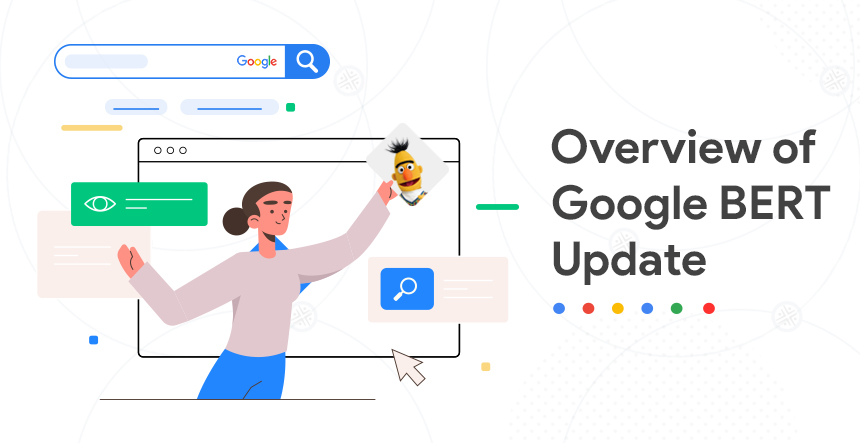
Google BERT stands for Bidirectional Encoder Representations from Transformers. These words may seem confusing to someone without any coding knowledge. In simpler terms, Google BERT is one type of AI that allows Google to correctly understand the relationship between different elements of a language when searching for something. With this latest update, Google can now generate more accurate results for complex or long-tail search terms. With the latest adjustment to its algorithm, Google now takes into account the meaning or position of the prepositions whenever generating results based upon search queries.
What is Google BERT update?
Google ‘BERT’ Algorithm was introduced on October 25, 2019, and was advertised as the biggest advance in Google’s search algorithms in the last five years. Google announced that BERT will affect 10% of the overall queries and this is true for the searches being performed in all languages. BERT is believed to be one of the biggest leaps ahead in the history of search and this latest update is going to have a significant impact on Featured Snippets or Search Snippets.
The BERT model has been designed to processes words about other words in a sentence. (The older algorithm processed words one-by-one in order). This latest change focuses on the context and intent of the search query and delivers more accurate results.
How does Google BERT Algorithm Work?
It is important to understand that BERT focuses on understanding the search queries instead of focusing on the content. It is equally important to know that Google BERT does not intend to penalize the websites similar to previous updates, such as Penguin and Panda.
In a nutshell, Google’s algorithm looks closely at the order of words in a query to understand the intent of a particular search.
For example, in yesteryears, the ‘stop words’ that included prepositional words, such as ‘to’ and ‘from’ were considered to be unimportant. However, it changes with the introduction of BERT. This search algorithm is supposed to look closely at the meaning and location of all prepositional words (where prepositions appear in a search query) to get the correct meaning of a sentence. The following example may help you understand how the introduction of BERT improves the outcome of any search query.
For example, you may write in the search bar – “Brazil traveler to the USA needs a visa”. In this scenario, the previous algorithms would have produced information for USA citizens traveling to Brazil, as it would not consider the preposition.
With the latest algorithm (BERT), Google tries to understand the meaning of the sentence after evaluating the position of each word along with this proposition. Therefore, Google can understand that the searcher is looking for information regarding the visa requirements for individuals travelling to the USA from the UK.
This example clearly shows how BERT has revolutionized the process of producing results based upon a search query.
Impact of Google BERT update on Overall SEO
According to Google, BERT is going to affect 1 in 10 search-queries around the world and for all languages. It may seem like a significant impact as it is going to affect 10% of all searches. However, it is important to understand that BERT comes into play for long-tail keywords instead of ‘head’ keywords. Hence, the effect of this latest update in the algorithm may be felt on two types of search-queries –
- Conversational search queries
- Longtail keyword phrases that may contain five or more words
The websites containing the long-form contents, such as tutorials, guides or ‘how-to’ articles, are going to benefit from the introduction of Google BERT, as it is going to impact the ‘complex search’ queries and is supposed to make the comprehensive content more discoverable.
How to Optimize Websites for Google BERT?
People usually perform three different types of queries when searching for something –
- Informational
- Navigational
- Transactional
The following examples may clarify the difference between the three types of queries.
For example, someone may want to lose weight. However, he/she does not know to lose weight and writes “how to lose weight” during the search query. This type of query is known as the ‘Informational ‘query.
With this type of query, a searcher may find the names of different types of diets and he/she may search for one type of diet from the list of suggested diets, such as South Beach Diet. This type of query is known as ‘Navigational’ search query.
After finding out an exact solution, a searcher may search for a cookbook of or for recipes of South Beach diet. This type of query is known as ‘Transactional’ search query.
Google’s BERT is likely to impact the keywords used during Informational search queries instead of other queries. According to Danny Sullivan from Google, the SEO experts need not change their technique for Search Engine Optimization (SEO). Google’s algorithm has always focused on the quality of any type of content instead of the number of words even when ranking the websites with long-form content. This ranking technique is going to remain unchanged despite the introduction of BERT. This algorithm is also going to reward the natural contents and the SEO experts need to focus on creating content that is unique, informative, useful and compelling to the readers, viewers, and listeners.
It is important to remember that keyword density is not essential for the optimization of a website on Google. With the introduction of BERT, Google is focusing on understanding the context of any content. Hence, keyword density is going to be even less important in the future and the quality of any content is going to be a decisive factor during search engine optimization.
It is equally essential to create content that gives data or answers on particular subjects to rank higher than the competitors for ‘Informational’ keywords. Therefore, it is essential to focus on delivering better experience whenever creating any type of content (videos, images, texts or audio).
Conclusion
The introduction of Google BERT algorithm shows how machine learning is changing the nature of organic search. These days, most people use Internet-enabled mobile phones to search for something and the number of individuals requiring the assistance of virtual assistants has also increased over the past few years. Hence, it has become important for Google to understand the context of conversational search queries and BERT can help with this task. With the introduction of this algorithm, Google has increased its focus on NLP (Natural Language Processing).
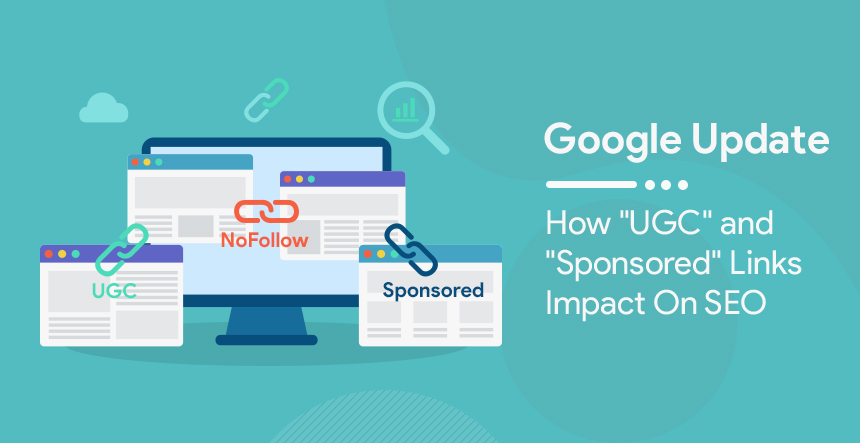
Google has just announced an update for NoFollow link attribute on this 10th September 2019. And added two more attributes as new ways to identify the nature of links. This is in a bid to give value to and increase the understanding of the link graph. It marks the fundamental change related to one of their important signals used in the algorithms for ranking. From March 2020 onwards, the webmasters can give more information on the external links by adding rel=“ugc” and rel=“sponsored”. This works alongside the attribute rel=“nofollow” introduced approx. 15 years before.
The backlink profile of the site such as the quality and volume of links from referencing website correlates highly with related popularity along with related performance in the organic searches. This latest update is going to have a significant impact on the mode of calculation of link equity or popularity. It means that after March 2020, there is going to have a huge effect on the search engine ranking.
Three Types of rel= “ ” Link Attributes (NoFollow, UGC & Sponsored)
- rel=“nofollow” – this attribute is helpful when you need to link a page but do not wish to imply an endorsement such as passing along the ranking credit onto another page. Google introduced this attribute many years ago to combat UGC spam in the form of reviews and forum comments that used to affect the search result quality. Now webmasters can mark up the links from website sections and search engines disregard them after identification in algorithm calculations.
- rel=“ugc” – is the User Generated Content recommended for the links present within UGC as forum posts, guest comments and comments.
- rel=“sponsored” – this attribute is for identifying the links present on the site created as part of compensation agreements, sponsorships, or advertisements. This attribute helps to avoid possible link schemes to manipulate the site ranking or page rank and you can use it to flag such links. It hints that this is a sponsored link from some user-generated content.
How Nofollow Was Considered Before
Google introduced rel=“nofollow” to combat comment and link spams. This signified that hyperlinks with this rule applied would pass the zero SEO value. It in turn deterred the spammers from the abuse of forums, blogs, and other similar public websites. Google made the application of nofollow attributes necessary to paid for and sponsored links.
The main purpose of the attribute was to stop the link building manipulative behaviour and it helped to achieve the purpose even if this was not perfect.
The Purpose of Adding These New Links Attributes by Google
With the introduction of nofollow attribute, webmasters were able to mark links from site sections and the search engines could disregard it in algorithm calculations. This worked well until the next update launch the ‘webspam algorithm’ in 2012. The Penguin update targeted manipulative building of links by removing the ways via which the sites could manipulate the rankings like the use of low-quality directories and link farms.
While the sites had to give huge penalties, the webmasters discovered another lucrative income source that of selling quality links as sponsored content or marketing campaigns. Google brought changes in Webmaster Guidelines penalizing sites trading or selling links manipulatively. More sites adding the nofollow attribute to links compromised its link data. Genuine, need-based links were no longer considered as such affecting the output quality for the main algorithm and link spam.
With the new attributes as announced by Google, they want to improve data quality used within the machine learning search engine models. Automatic identification of UGC, passing on of the link equity, or disregard for sponsored links improves the accuracy of backlink graph of internet, rewarding the quality sites for their popular content.
The Impact of This “Nofollow” Update
Since the introduction of nofollow attribute, the links do not pass authority. Besides, Google does not count it as a factor to rank websites. As per the latest update from the search engine giant, nofollow links and the other two new attributes will find use as hints. They are going to use the link attributes for identifying the links they wish to exclude or consider from search. This way Google will have a better understanding and analysis of links in the system. They will also utilize the nofollow links to crawl and index.
Links have valuable information to improve the search and this improves the understanding of unnatural link patterns. With the shift to the hint model, there is no more chance of losing important information. This allows the site owners to identify the links that do not deserve the weight of the first-party endorsement.
How To Deal With Link Attributes After This Update
The sites that use nofollow attribute to block the sponsored links and mention their separation from the page linked to will continue to get support from the search engine. This means that there is no need for changing the existing nofollow links. One can use multiple rel value in links such as rel=“ugc sponsored” is a valid attribute as well hinting that this sponsored link comes from user-generated content. Use the nofollow with new attributes for backward compatibility with services not supporting new attributes and this still remains valid. Keep using the nofollow attribute as flagging links and avoid penalties for link scheme. There is no need to change existing markup and with systems appending this to the new links, the situation continues. For convenience, though one might switch to rel=“sponsored”.
Avoid probable link schemes with use of rel=“nofollow” or rel=“sponsored” for flagging the links. There is no wrong use of attribute except for the sponsored links.
Conclusion
Using the latest link attribute updates from Google facilitate better processing of links for web analysis. This might include own content when people linking to you use such attributes. The attributes nofollow, ugc, and sponsored work as hits to incorporate as per ranking requirements. For indexing and crawling, nofollow becomes hint from March 2020. Reviewing the backlink profile and comparing it with SEO competitors seems like the right place to begin. This way you can understand potential influences on the site.

Top stories of the Week (22nd February 2019 to 28th February 2019
- Google to Sunset Average Position: Here’s What It Means
- Facebook Announces ‘Facebook Showcase’ Premium Video Advertising Option
- Apple removes VoIP app clones from the App Store
- Twitter’s latest test changes ‘Retweet with Comment’ so it looks more like a Reply
- Google announcing domain-wide data in Search Console
- YouTube bans comments on videos of young children to try block predators
Google to Sunset Average Position: Here’s What It Means
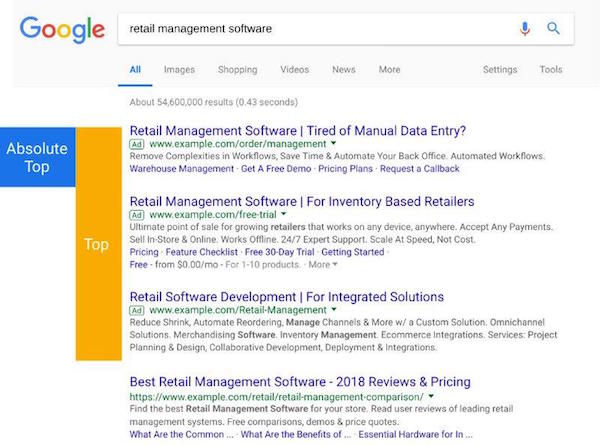
Via:- WordStream
On 26th February, Google Ads announced that it will sunset average position (one of original search metrics) in September of this year. Google doesn’t think it’s a terribly useful metric anymore because your average position doesn’t tell you the whole story in terms of where your Search ads are showing. Google Ads rolled out a suite of new metrics pertaining to auction performance and SERP visibility like Top impression rate, Absolute top impression rate, Top impression share, Absolute top impression share. Google Ads product manager Pallavi Naresh said: “These new metrics give you a much clearer view of your prominence on the page than average position does.” Although the average position has provided valuable insights to advertisers over the years, its impending removal from your Google Ads account is far from the end of the world.
Facebook Announces ‘Facebook Showcase’ Premium Video Advertising Option
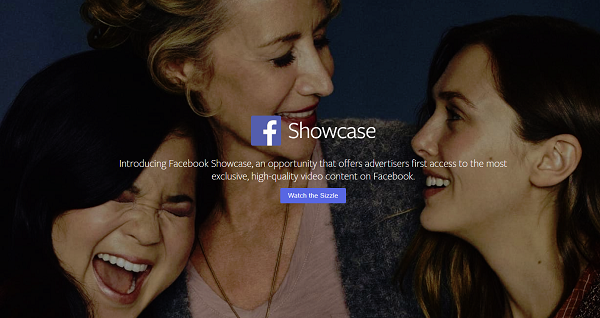
Via: Social Media Today
Nowadays, Facebook’s video ecosystem is growing. So last week, Facebook has launched its new ‘Facebook Showcase’ ad program, which is aimed at giving bigger advertisers the opportunity to boost brand awareness in connection to popular Watch shows. It is going to provide larger scale ad opportunities through the most popular Watch programs. This program will offer three types of video promotion: In-Stream Reserve, In-Stream Reserve Categories and Sponsorships. So this is launched to capitalize on the most popular Watch content and give advertisers another way to maximize reach.
Apple removes VoIP app clones from the App Store

Via: Techcrunch
App Store Review Guidelines are very clear when it comes to app duplicates. According to rule 4.3, you can’t release the same app multiple times on the App Store as it is considered as spamming. Last week, Apple has removed many of the apps. Developers release multiple versions of the same app so they can use different names, different keywords and different categories to cover a wide range of keywords. Some of those companies have released clones of their apps and benefited from that strategy for many years (like TextMe, Inc., BinaryPattern and Flexible Numbers LLC, Appverse Inc.Dingtone Inc.). This case illustrates once again that Apple holds the keys to the App Store kingdom. The company acts as a judge and can make or break some companies.
Twitter’s latest test changes ‘Retweet with Comment’ so it looks more like a Reply
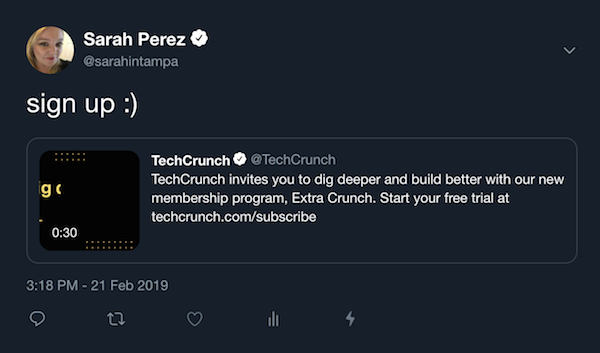
Via: Techcrunch
Twitter has always learned over the years and believed the best ideas come from the community itself. @ Replies, the hashtag (#), tweetstorms (threads) and even Retweets (RT) were developed in the response of how the community is using the platform. Following the trail of the community experience, Twitter has confirmed that they are trying to make Twitter “more conversational”. This time they are upgrading Retweets instead replies to make the platform more conversational. Twitter officials confirmed that the test involves using a thin line to connect quote-style retweets to the person commenting on the tweet, instead of placing the quoted tweet in a box as before. The test was first rolled out for the android users on Thursday and latter of the iOS users.
Google Announcing domain-wide data in Search Console

Via: Google Webmaster
Google has taken a big step forward to make it easy for webmasters to have a complete view of the website across the Search Console. Google has introduced “Domain Properties” on 27th Feb. It will give webmasters a comprehensive view of the website under domain name including all protocols, subdomains, and paths. Google highly recommends verifying all versions of website HTTP, https, www, and non-www to get accurate data under the domain name. if you have already done the domain verification, search console will automatically create a new domain property over the next few weeks with all reports. Google has finally provided Webmasters with the ability to view the complete data of the website regardless of how Google Search sees it.
YouTube bans comments on videos of young children to try block predators
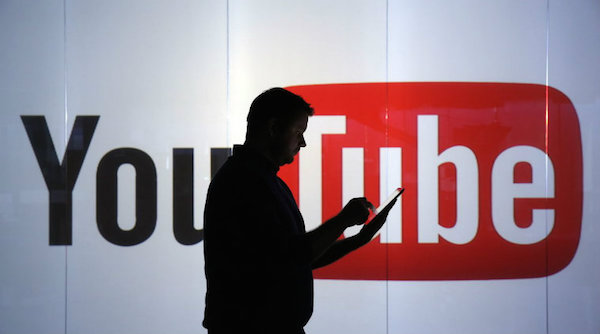
Via: The Indian Express
YouTube said on Thursday “We will disable comments on most videos that include children 13 and younger after coming under fire for failing to keep pedophiles (child love) from posting suggestive remarks on such videos.” The move is a response to the latest content-related crisis. YouTube said last week that it had disabled comments on tens of millions of videos featuring children under 13. The company said it planned to alter its algorithm over the next several months to create a blanket policy.YouTube said it would use a new machine-learning system to identify and remove predators’ comments.
So, these are some of the most interesting stories of the week. I will catch you again next week with weekly web industry news roundup. Till then happy surfing and have a wonderful weekend.
Have you something more to add in the story? Share with us in the discussion box below.

